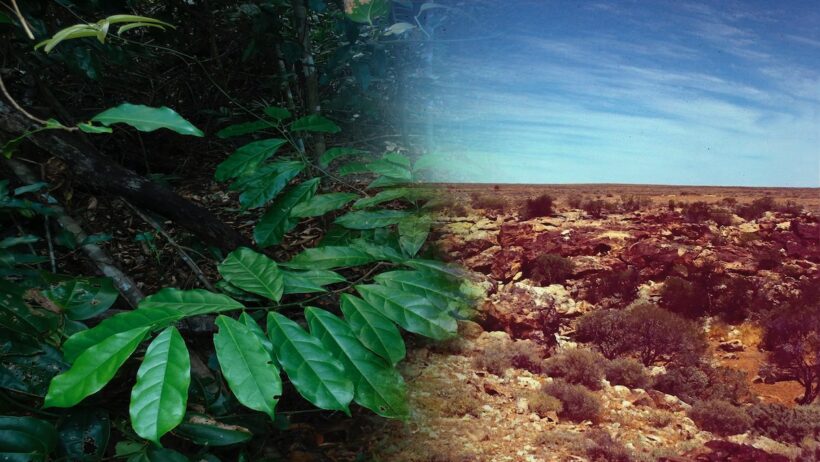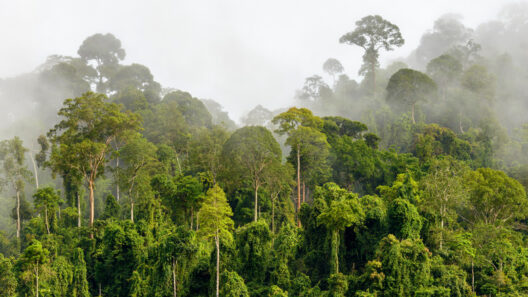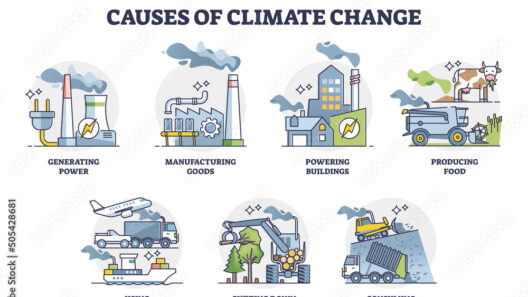The Australian continent is a geographical enigma, characterized by its vast and diverse climatic zones. What climate is in Australia? To answer this playful query, one must embark on a journey through its deserts, coasts, and rainforests—each representing a unique testament to the country’s environmental diversity. The juxtaposition of sprawling arid lands with verdant tropical zones presents an intriguing challenge for ecologists and environmentalists alike. How do these distinct climates coexist, and what implications do they have on wildlife and human habitation?
To begin, it is crucial to understand the predominant climate types that shape Australia’s landscapes. The Australian climate can be broadly categorized into several zones: arid, subtropical, tropical, and temperate. Each of these zones contributes to the overarching fabric of ecosystems and biomes present across the nation. The arid zone, commonly known as the Outback, is one of the most defining features of Australia. This region covers nearly 70% of the continent, marking its presence with arid deserts that experience extreme temperatures and scant rainfall.
Australia’s deserts, such as the Great Sandy Desert and the Gibson Desert, exemplify the climatological extremes of this zone. The climate here is characterized by high diurnal temperature variation, where scorching days can transition into surprisingly cool nights. Rainfall is minimal, averaging less than 250 millimeters annually. The ecology of these arid landscapes is remarkable. Flora and fauna have adapted through xerophytic adaptations, allowing survival in such unforgiving conditions. Yet, this seemingly barren environment harbors endemic species, such as the thorny devil lizard and various wildflowers, which bloom spectacularly after rare rainfalls.
Moving away from the deserts, we encounter Australia’s spectacular coastline. Stretching over 37,000 kilometers, the temperate coastal climate luxury contrasts sharply with the interior. Coastal regions, especially in the southeast, enjoy a more moderated climate, characterized by moderate temperatures and higher humidity levels. The presence of ocean currents also influences seasonal weather patterns and precipitation. As a result, the eastern and southern coasts can experience heavy rainfall, particularly during the wet season.
The coastal ecosystems of Australia are among the most diverse in the world, encompassing coral reefs, mangroves, and seagrasses. The iconic Great Barrier Reef, located off the northeastern coast, is a prime example of the biodiversity supported by coastal climates. This UNESCO World Heritage site, home to thousands of marine species, is now facing unprecedented threats from climate change, including coral bleaching and ocean acidification. A challenge exists here: How can we protect these delicate ecosystems while navigating the pressures of tourism, development, and climate change?
Australia’s coastal regions do not only provide habitats for a myriad of marine life; they are also integral to human societies and economies. Coastal towns and cities thrive on industries such as fishing, tourism, and recreation. However, rising sea levels and increased storm intensity due to climate change pose significant risks to these vibrant communities. The implications of these climatic changes are far-reaching, urging policymakers and environmental advocates to devise sustainable strategies for future resilience.
As we navigate further inland, one stumbles upon the temperate regions, particularly in the southeastern and southwestern parts of Australia. These areas experience well-distributed rainfall throughout the year and are cooler than their northern counterparts. The flourishing landscapes here support a variety of vegetation, from forests to grasslands, making them conducive to agriculture and human settlement. The temperate climate plays a crucial role in cultivating crops, fruits, and vineyards, contributing significantly to the nation’s agricultural productivity.
In sharp contrast to the coastal and desert climates, Australia also boasts tropical rainforests, found primarily in the northeastern corner of the continent. These rainforest jungles exist in a more humid and warm environment, benefiting from high annual rainfall that can exceed 3000 millimeters in some areas. The Daintree Rainforest, a World Heritage site, is particularly vital in maintaining biodiversity. Many species residing in these lush green canopies—like the cassowary and tree kangaroo—are endemic and face threats from deforestation and habitat loss.
The climatic interplay between rainforests, deserts, and coastal areas poses an array of challenges to conservation efforts. Integral to any sustainability initiative is understanding how to maintain healthy ecosystems amid climate instability. For instance, how can policymakers leverage scientific research to promote biodiversity? One possible answer lies in preserving ecological corridors that connect fragmented habitats. Enhancing connectivity allows wildlife to migrate and adapt to changing climatic conditions.
Australia is a land of contradictions, where extremes of climate shape not only the physical landscape but also the economic, social, and cultural fabric of its inhabitants. Each climatic zone, from arid deserts to lush rainforests, tells a story of resilience, adaptation, and survival. However, as the implications of climate change loom on the horizon, the urgent challenge persists: how can Australia reconcile its rich climatic diversity while ensuring sustainable practices for future generations? Addressing this dilemma requires collaboration, innovation, and collective commitment to nurturing and preserving the environment in the face of a changing climate.








